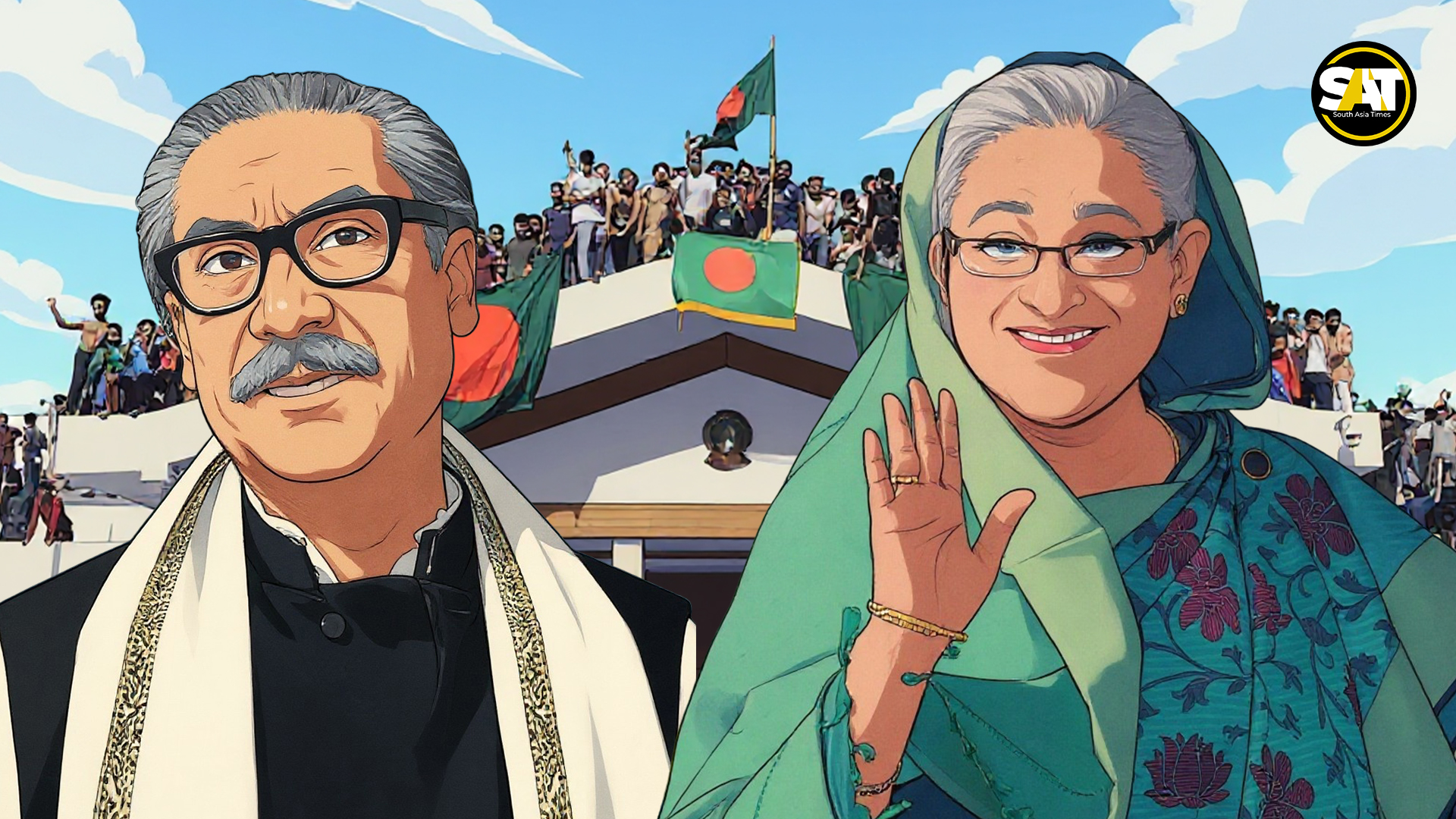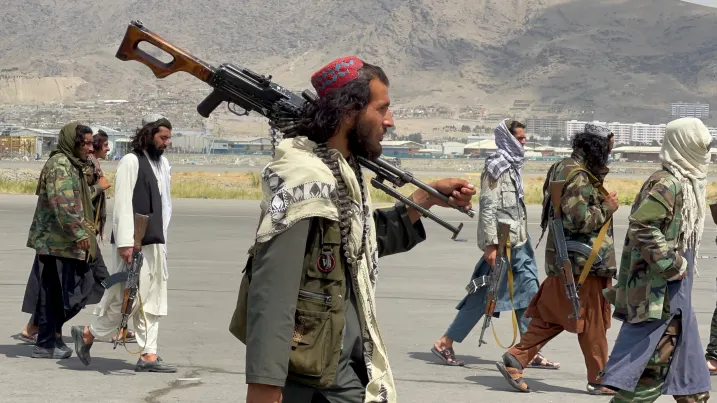The official visit of Afghanistan’s Minister of Industry and Commerce, Nooruddin Azizi, to New Delhi constitutes a notable development in the evolving bilateral dynamic between India and the Taliban regime. Occurring in close succession to the October visit of Foreign Minister Amir Khan Muttaqi, this engagement signals a shift toward a transactional engagement framework aimed at stabilizing regional connectivity. For New Delhi, the engagement is predicated on security imperatives and the preservation of strategic equity in Kabul. Conversely, the Taliban’s motivations are driven by acute economic exigencies and a strategic necessity to diversify trade corridors independent of Pakistan. However, characterizing this rapprochement merely as an exercise in pragmatic realism risks obscuring the profound structural and historical divergences that will continue to constrain the relationship.
Historical analysis suggests that this rapprochement is inherently unstable. It is constrained not merely by current diplomatic friction, but by four decades of historical path dependence and an unbridgeable ideological divide. The current detente appears less like a strategic realignment and more like a temporary equilibrium that ignores the fundamental incompatibility of the two actors’ long-term interests.
Historical Path Dependence: The Legacy of the Soviet Era
The Taliban’s strategic culture is deeply informed by the anti-Soviet jihad of the 1980s, a period that cemented their perception of India as a hostile actor. Unlike the majority of the non-aligned movement, India maintained a position of tacit support for the Soviet intervention in Afghanistan (1979–1989). This geopolitical alignment placed New Delhi in direct opposition to the Mujahideen factions from which the Taliban later emerged.
India’s role extended beyond diplomatic silence, it involved active support for the People’s Democratic Party of Afghanistan (PDPA). New Delhi was a principal patron of the Najibullah administration, providing economic aid and technical assistance to a regime that the Afghan Mujahideen viewed as an illegitimate puppet state. Even after the Soviet withdrawal, India continued to support Najibullah until his fall in 1992. The subsequent execution of Najibullah by the Taliban in 1996 was not a random act of violence but a symbolic rejection of the foreign-backed order he represented. For many segments in Taliban’s leadership, India remains inextricably linked to the PDPA era, viewed historically as a complicit partner in the suppression of the Islamist movement. This foundational grievance creates a trust deficit that transactional trade diplomacy is unlikely to resolve.
The Northern Alliance and Active Containment
The friction intensified during the Taliban’s first tenure in power (1996–2001), moving from ideological opposition to kinetic containment. During this period, India became a primary external backer of the United Islamic Front for the Salvation of Afghanistan, commonly known as the Northern Alliance.
New Delhi’s support for Commander Ahmad Shah Massoud was substantive and strategic. Intelligence reports and historical records confirm that India operated a logistical hub at the Farkhor Air Base in Tajikistan. This facility, ostensibly a field hospital, also facilitated the supply of military hardware, technical maintenance for aviation assets, and operational funding. This intervention effectively prolonged the civil war, preventing the Taliban from consolidating control over the entirety of Afghan territory.
From the perspective of the current Taliban leadership, many of whom were field commanders during the 1990s, India was an active belligerent. The collapse of the Islamic Republic in 2021 was viewed in Kabul as the defeat of a second Northern Alliance, one that had been heavily capitalized and trained by the Indian security establishment. Consequently, the current engagement is viewed through a lens of skepticism; the Taliban likely perceives India’s overtures as a tactical necessity rather than a genuine acceptance of their regime.
The Jihadist Paradox: AQIS and Internal Fragmentation
The most immediate threat to the sustainability of ties is the volatile intersection of transnational jihadism and the Taliban’s own internal fragmentation. Central to this instability is Al-Qaeda in the Indian Subcontinent (AQIS), which operates under the Taliban’s protection while explicitly targeting the Indian state through its Ghazwa-e-Hind narrative, a threat materialized by recent counter-terrorism arrests in Gujarat and Jharkhand linked to Afghan handlers. Proponents of engagement argue that economic leverage could compel the Taliban to dismantle these networks; however, such an assessment ignores the regime’s fragile cohesion. The Taliban is not a unitary actor but a loose coalition of tribal and ideological factions, notably divided between the pragmatic yet Al-Qaeda-aligned Haqqani Network and the reclusive Kandahari clerical establishment. Any concerted crackdown on AQIS at India’s behest would not only be operationally difficult given Haqqani protection but would also be politically suicidal, likely triggering mass defections of hardline cadres to the rival Islamic State Khorasan Province (ISKP), which already accuses the regime of ideological compromise. Thus, the Taliban faces a structural constraint: they cannot satisfy India’s security demands without undermining their own internal cohesion.
The Inevitability of Strategic Rupture
The current diplomatic trajectory attempts to decouple economic cooperation from security concerns, a strategy that has historically failed in the context of state-sponsored terrorism. The relationship is currently in a state of artificial suspension, maintained by mutual short-term needs. However, the underlying vectors, historical animosity and active ideological hostility, point toward an eventual rupture.
It is highly probable that an AQIS-affiliated entity, leveraging the permissive environment in Afghanistan, will attempt a high-visibility attack on Indian soil. Such an event would immediately collapse the pragmatic framework. The Indian government would be compelled by domestic political pressure and security imperatives to retaliate, likely severing the tentative economic ties currently being forged. The India-Taliban rapprochement, therefore, should be viewed not as a durable shift in regional order, but as a transient anomaly. The structural divergence in interests and values is too vast to be bridged by trade fairs and wheat shipments.




